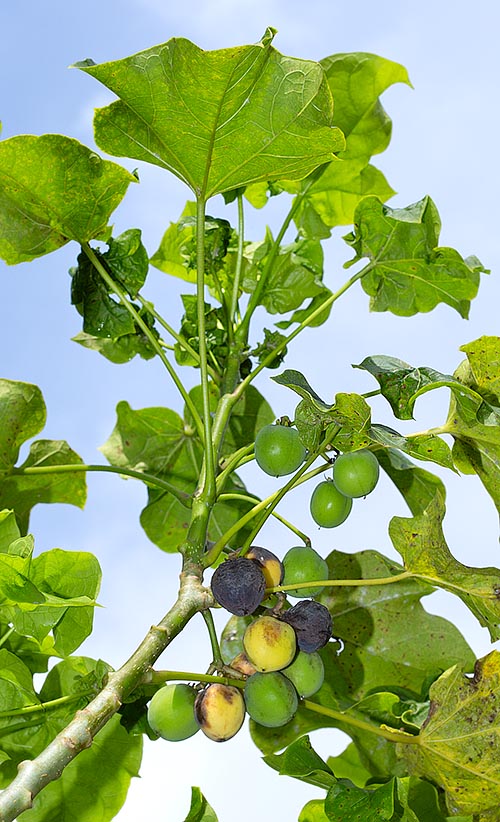
Mission NewEnergy Limited
Overview
-
Lavori pubblicati 0
-
Visualizzati 21
Descrizione azienda
Jatropha a Viable Alternative Renewable Resource

Constantly the biodiesel market is trying to find some alternative to produce sustainable energy. Biodiesel prepared from canola, sunflower and jatropha can change or be combined with standard diesel. During very first half of 2000’s jatropha biofuel made the headings as a popular and promising option. It is prepared from jatropha curcas, a plant species belonging to Central America that can be grown on wasteland.
Jatropha Curcas is a non edible plant that grows in the deserts. The plant grows really quickly and it can yield seeds for about 50 years. The oil received from its seeds can be used as a biofuel. This can be combined with petroleum diesel. Previously it has been utilized twice with algae mix to sustain test flight of commercial airline companies.
Another positive method of jatorpha seeds is that they have 37% oil content and they can be burned as a fuel without fine-tuning them. It is likewise used for medical purpose. Supporters of jatropha biodiesel say that the flames of jatropha oil are smoke complimentary and they are effectively checked for easy diesel motor.

Jatropha biodiesel as Renewable resource Investment has drawn in the interest of many business, which have evaluated it for vehicle use. Jatropha biodiesel has been roadway checked by Mercedes and three of the automobiles have actually covered 18,600 miles by using the jatropha plant biodiesel.
Since it is due to the fact that of some downsides, the jatropha biodiesel have not considered as a terrific renewable resource. The biggest problem is that no one understands that what precisely the productivity rate of the plant is. Secondly they don’t know how large scale growing might impact the soil quality and the environment as a whole. The jatropha plant requires 5 times more water per energy than corn and sugarcane. This raises another issue. On the other hand it is to be noted that jatropha can grow on tropical environments with annual rainfall of about 1000 to 1500 mm. A thing to be noted is that jatropha needs proper watering in the very first year of its plantation which lasts for years.
Recent survey states that it holds true that jatropha can grow on degraded land with little water and poor nutrition. But there is no evidence for the yield to be high. This might be proportional to the quality of the soil. In such a case it may require high quality of land and may need the same quagmire that is faced by a lot of biofuel types.
Jatropha has one main drawback. The seeds and leaves of jatropha are hazardous to people and animals. This made the Australian government to ban the plant in 2006. The federal government stated the plant as invasive species, and too dangerous for western Australian agriculture and the environment here (DAFWQ 2006).
While jatropha has budding, there are number of research study obstacles stay. The importance of detoxing needs to be studied since of the toxicity of the plant. Along side a methodical research study of the oil yield need to be carried out, this is extremely crucial since of high yield of jatropha would most likely required before jatropha can be contributed substantially to the world. Lastly it is likewise extremely crucial to study about the jatropha types that can make it through in more temperature environment, as jatropha is very much limited in the tropical climates.
